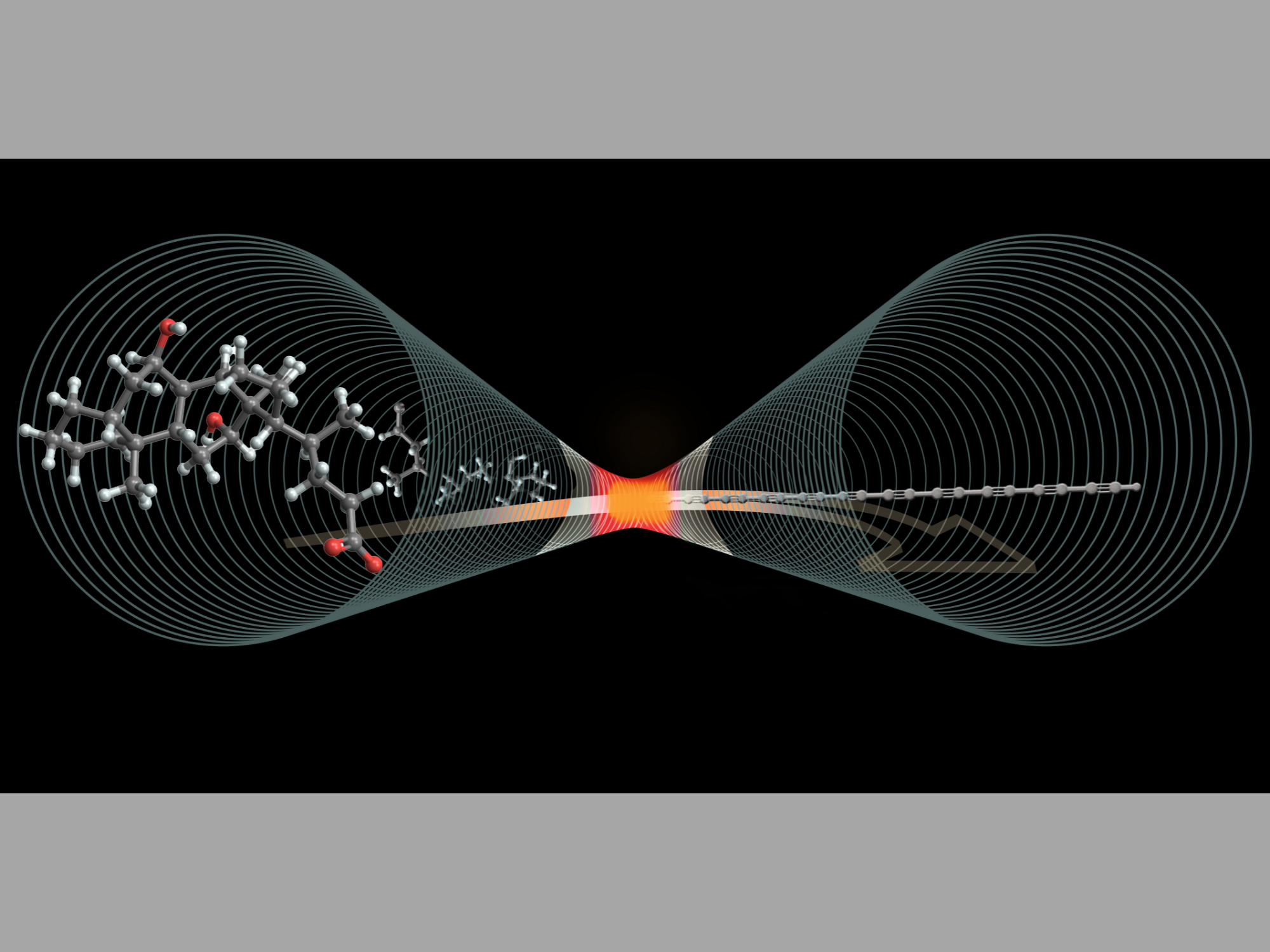2025-05-09 ペンシルベニア州立大学(PennState)

◆研究チームは、カービンを単層カーボンナノチューブ(SWCNT)の内部に封入し、低温環境下で合成することで、カービンの安定性を向上させることに成功しました。これにより、従来よりも容易にカービンを生成できるようになり、材料科学や技術分野での新たな応用が期待されます。
◆カービンは、電子が高速で移動できる特性に加え、自然に「半導体ギャップ」を持つため、トランジスタのような電子デバイスへの応用が可能です。これは、ギャップを持たないグラフェンとは異なる利点であり、将来的にはシリコンに代わる高速・高効率な電子材料としての活用が期待されています。この研究成果は、2025年5月9日に発表され、材料科学やナノテクノロジー分野における革新的な進展として注目されています。
<関連情報>
- https://www.psu.edu/news/materials-research-institute/story/stability-solution-brings-unique-form-carbon-closer-practical
- https://pubs.acs.org/doi/10.1021/acsnano.4c17104
単層カーボンナノチューブ内に弱く閉じ込められたカルビンを低温合成 Low-Temperature Synthesis of Weakly Confined Carbyne Inside Single-Walled Carbon Nanotubes
Bo-Wen Zhang,Xi-Yang Qiu,Yicheng Ma,Qingmei Hu,Aina Fitó-Parera,Ikuma Kohata,Ya Feng,Yongjia Zheng,Chiyu Zhang,Yutaka Matsuo,YuHuang Wang,Shohei Chiashi,Keigo Otsuka,Rong Xiang,Dmitry I. Levshov,Sofie Cambré,Wim Wenseleers,Slava V. Rotkin,and Shigeo Maruyama
ACS Nano Published: March 25, 2025
DOI:https://doi.org/10.1021/acsnano.4c17104
Abstract

Carbyne, a one-dimensional (1D) carbon allotrope with alternating triple and single bonds, has the highest known mechanical strength but is unstable to bending, limiting its synthesis to short linear chains. Encapsulation within carbon nanotubes (CNTs) stabilizes carbyne, forming confined carbyne (CC), thus enabling further research concerning attractive 1D physics and materials properties of carbyne. While CC has been synthesized in multi-walled CNTs using the arc-discharge method and in double-walled CNTs via the high-temperature high-vacuum method, synthesis in single-walled CNTs (SWCNTs) has been challenging due to their fragility under such conditions. In this work, we report a low-temperature method to synthesize CC inside SWCNTs (CC@SWCNT). By annealing SWCNTs containing ammonium deoxycholate (ADC) at 400 °C, ADC is converted into CC without damaging the SWCNTs. Raman spectroscopy revealed a strong CC phonon peak (CC-mode) at 1860−1870 cm−1, much stronger than the SWCNT G-band peak, confirming a high fraction of CC in the resulting material. The Raman mapping result showed the uniformity of the CC-mode signal across the entire film sample, proving the high efficiency of this method in synthesizing CC in every SWCNT of the appropriate size. Notably, the CC-mode peaks of CC@SWCNT (above 1860 cm−1) are higher than those reported in previous CC@CNT samples (mostly <1856 cm−1). This is attributed to larger SWCNT diameters (>0.95 nm) used in this study, compared to the typical 0.6−0.8 nm range. Larger diameters result in reduced confinement, allowing carbyne to closely resemble free-standing carbyne while remaining stabilized. This low-temperature synthesis of long-chain, nearly free-standing carbyne within large-diameter SWCNTs offers opportunities for exploring 1D physics and properties of carbyne for potential applications.




